Lt Gen JKS Dhillon’s autobiography that Penguin published earlier this year offers one side of the Kashmir story. It offers a peephole view of the developments surrounding August 5, 2019, Khalid Bashir Gura writes
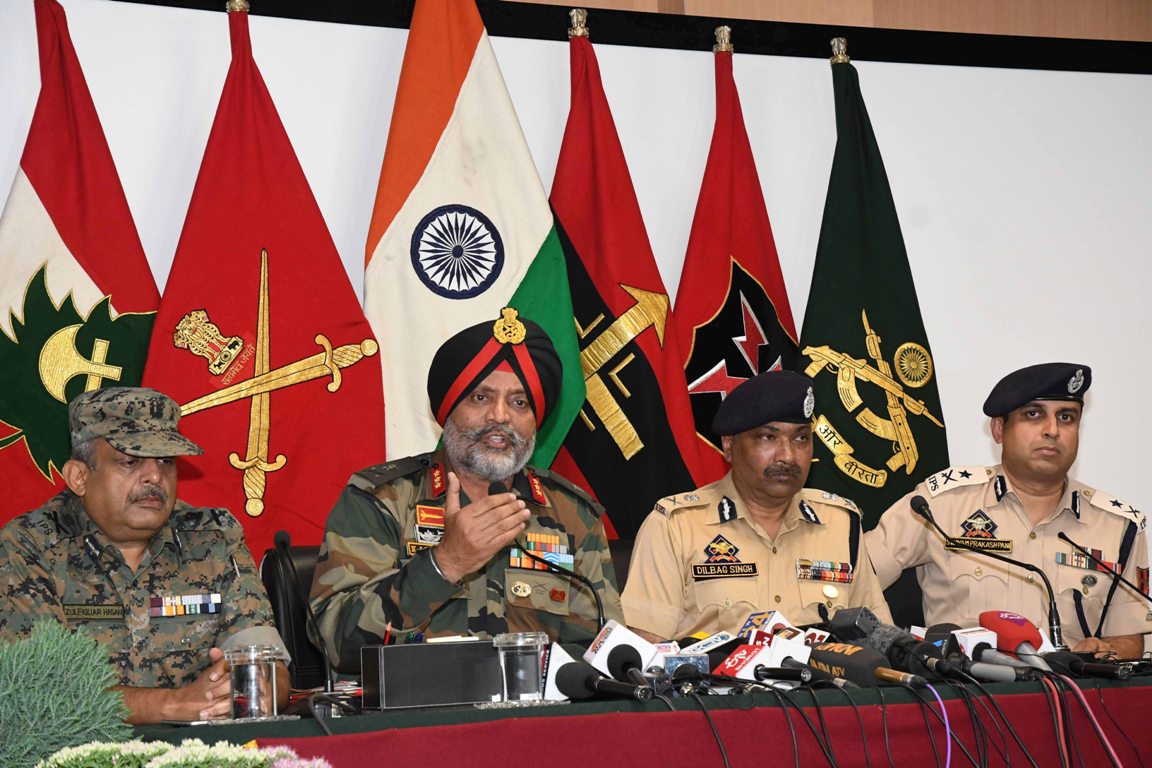
It was not even 100 hours when retired Lt General KJS Dhillon took over the charge of Srinagar based 15 Corps that the Pulwama car bomb was reported on February 14, 2019.
Such an attack, Dhillon wrote in his book, Kitne Ghazi Aaye, Kitne Ghazi Gaye, had not happened in Kashmir since April 2000. Within a few hours of his posting, he was confronted with a situation, which literally brought India and Pakistan to the brink of war.
Months after this attack, as BJP stormed back to power with a thumping majority, the walls of Badami Bagh Cantonment ensured utmost secrecy as the plans of reading down Articles 370 and 35A were in offing by the end of June 2019. Dhillon in a duologue ensured an apprehensive home minister Amit Shah that peace will not be disturbed in any way.
With his three decades of experience in Kashmir, the General recorded he killed the masterminds of the Pulwama attack within 100 hours, including Kamran aka Ghazi.
Destiny
The oddly-titled book gives an insight into the psyche of a family man’s life who wanted to be seen beyond a ‘mean killing machine’. Having lost his mother to a wild beast at age three, he felt the void throughout his life. She inspired and induced her fighting spirit in his life and it was against this backdrop that he initiated Operation Maa in Kashmir at the peak end of his career.
The book is laced with humour and offers a keyhole view into the personal, professional life of a soldier and what goes into his making.
A Heaven Burning
It was in September 1988, when the author moved to Kashmir with his unit. To narrate his next more than three decades stay, he deconstructs Kashmir as a place of natural beauty, culture, art, hospitality and Kashmiriyat.
When his unit moved from Udaipur to Kashmir, Kashmir seemed peaceful. But according to the author, he noticed an undercurrent of hostility and tension much earlier. “It would be a fallacy to say that trouble in Kashmir started only after 29 January 1990, the date synonymous with the exodus of Kashmiri Pandits,” he narrates as various indicators of trouble brewing were already apparent in 1988 and 1989.
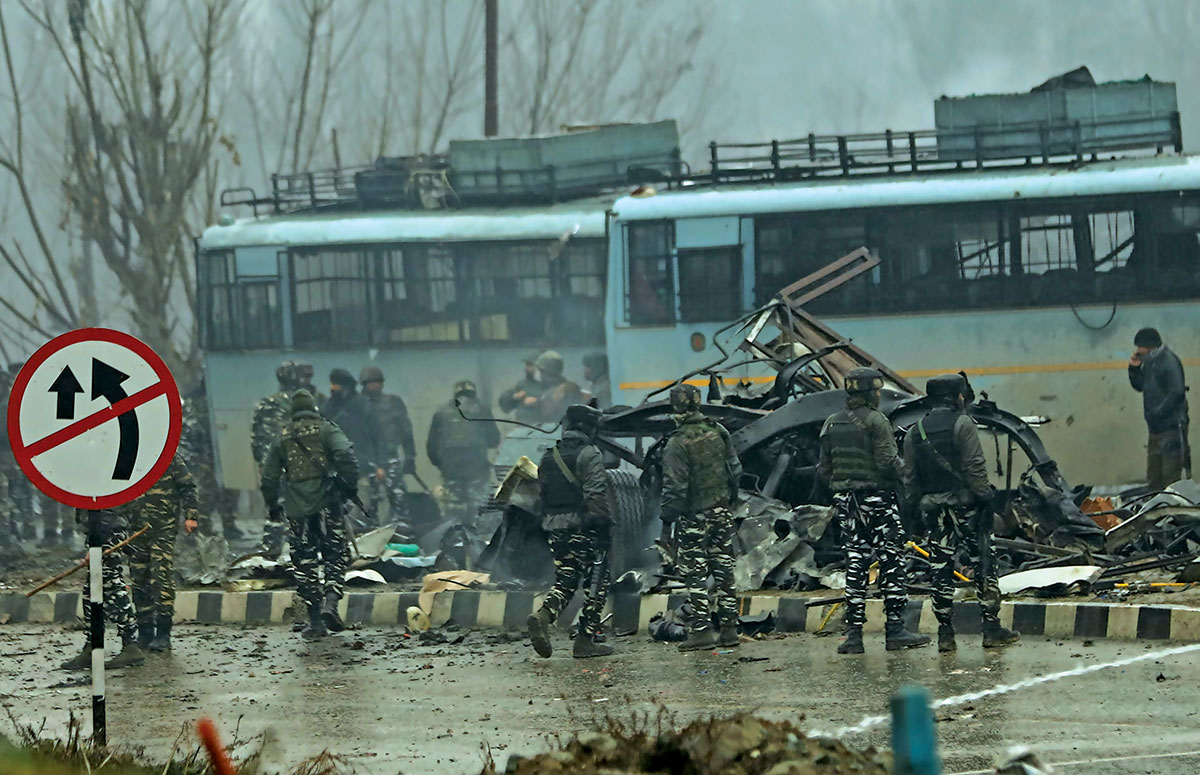
Dhillon differs from the perception that rigged 1987 assembly elections triggered militancy in Kashmir. According to him, the ignored indicator has been the conduct and outcome of the 1989 parliamentary elections. “The low voter turnout in the face of a boycott in Kashmir is an indication of the environment of fear, threat and intimidation and the presence of undesirable elements a fact often glossed over and the entire narrative is shifted to the issue of who was or was not the chief minister on 19 January 1990,” he narrates.
The 1989 elections in Jammu and Kashmir, which are hardly discussed according to him, represent a strong portent of things to come and the impending ‘terrorism.’
Pandit ‘Exodus’
According to Dhillon, the violent upheaval, which led to anti-Pandit sentiments, was a build-up. Besides selective killings, he narrates an incident in which a caretaker of a temple who was also a government school teacher and used to frequently visit the battalion and socialise with the officer and their families was forewarned. The teacher’s students who had presumably joined militancy had come to secretly inform him that his family was now a target and eventually he was evacuated. The “forced exodus”, he said adversely impacted the social fibre of Kashmiri society. The KPs according to him were the backbone of the education system as they occupied “prestigious and influential places” in academia at a functional level, the book says.
To prevent or counter the “assault on minorities” the army was not called out because the Armed Forces Special Powers Act (AFSPA) or Disturbed Areas Act was not in place.
Alienated Separatists
The other “overlooked aspect” the book highlights is that before Pandits, some Muslims were also killed, weapons were already smuggled into Kashmir and the human and material resources were prepared. To him, it comes as a surprise. “The question of whether this was a combination of incompetence and collusion on the part of those holding high offices at that time needs to be deliberated and discussed and responsibility fixed,” he narrates, apparently avoiding looking at the Line of Control (LoC).
Indian democracy, according to him allows any citizen of the country to contest and win elections. Both Syed Ali Shah Geelani and Syed Salahuddin had earlier contested elections. When they lost the elections due to the alleged rigging in 1987, they veered towards separatism and terrorism. “The very fact that these people were in the electoral fray implies that they were keen to be part of the democratic process and had they won, they would have been members,” he states.
Questioning the dominance of a single party in Kashmir, Dhillon believes it has adversely affected the polity and pushed nurturing political ambitions to extremes. He wonders and questions, if the situation in Kashmir might have been different, had these separatists been embraced by the political system and allowed to thrive inside rather than being left to sabotage it from the outside.
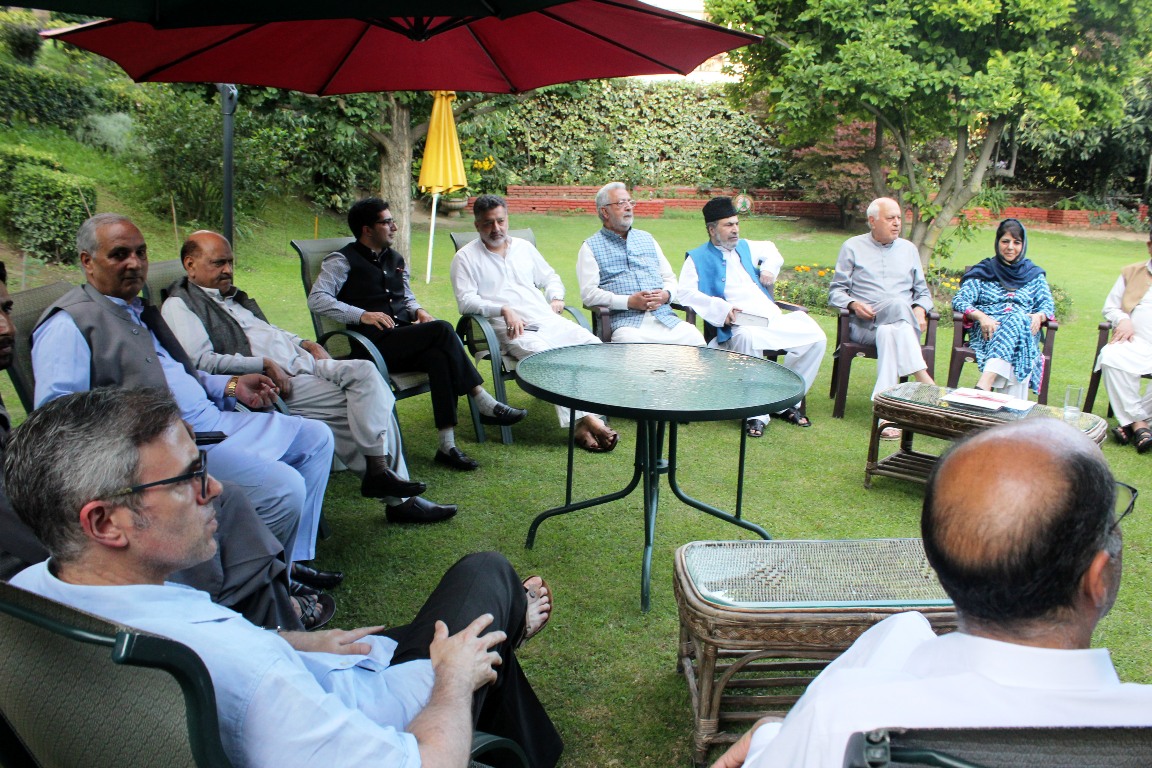
The volatile situation in Kashmir in subsequent years kept the unit perpetually on its toes. Operating in the pre-mobile phone era, the author has delved into the trauma that sometimes mistaken identity entailed for families through television tickers or newspapers. With each operation, he said he became wiser and sharper. The author in one of his texts realises that insurgents within the country are humans too importing new learning from the field.
Article 370 and 35-A
Dhillon was a Corps Commander when the erstwhile state was split into two union territories and the special status was read down. The security grid in close coordination with the government helped deal with on-ground situations with ‘zero casualties,’ the book, while justifying the decision-making, asserts.
It was in a breakfast meeting with the home minister in late June of 2019 that Dhillon came to know about the BJP’s intentions of reading down the special status.
“It is suffice to say that the issues flagged by Mr Shah included the current law and order situation, the potential for it to deteriorate immediately after any declaration by the government (reading down of articles 370 and 35-A), repercussion of the latter on the LOC, and the pros and cons from the perspective of an anticipated Pakistani reaction on the path-breaking declaration that was now certain to follow,” Dhillon wrote, without offering much of the details. “I, on my part, give you my personal assurance that there will not be disturbed in any way.”
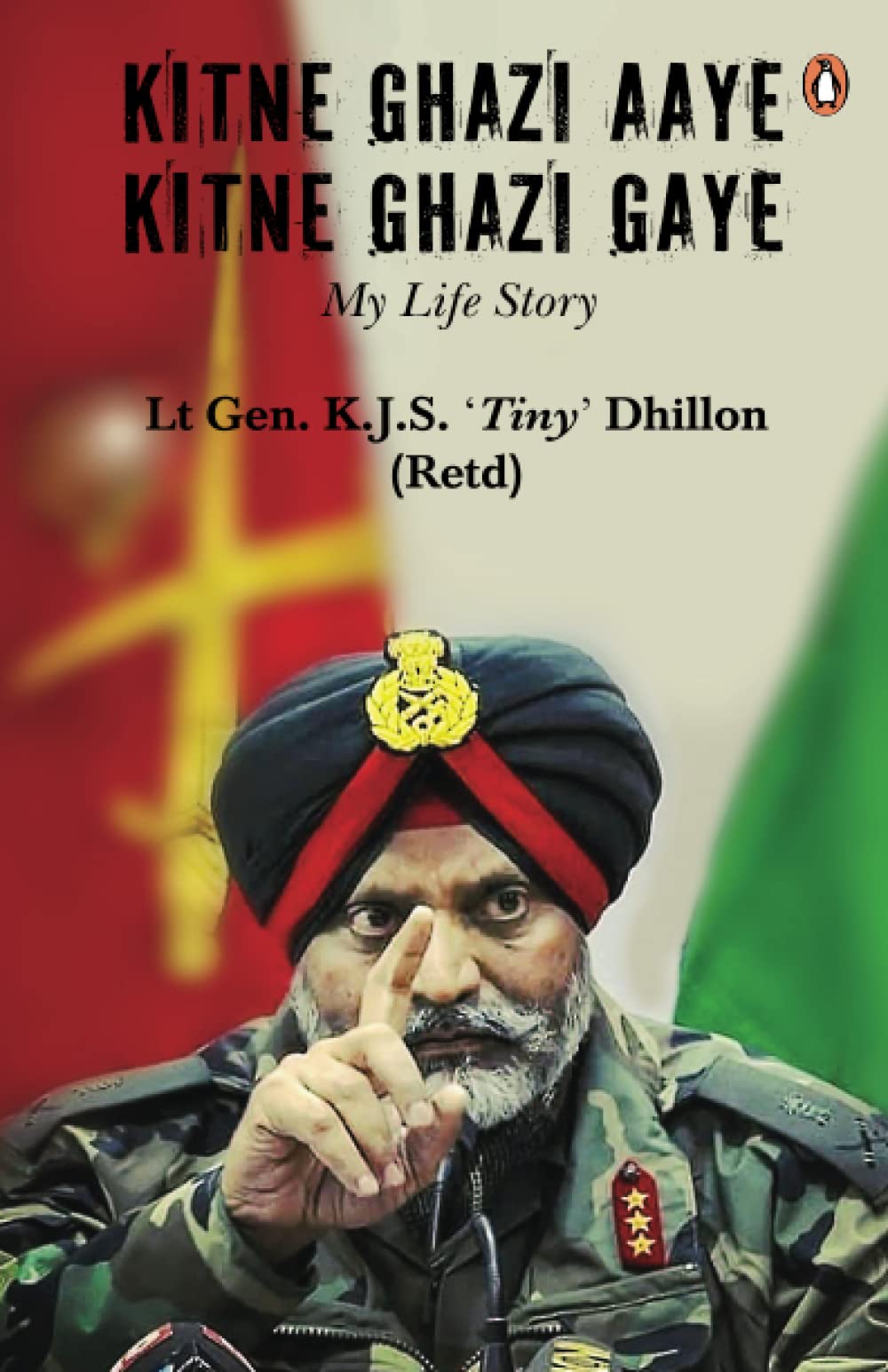
Quickly the army got into planning things in anticipation. “Our plan was not to ensure peace on the day of abrogation, but to prepare a long-term strategy,” he narrates as very few in the security apparatus and administration knew of the things to come. “No one under my command in the Chinar Corps was made aware of it and that is the reason even Pakistan was taken by total surprise and so were some potential troublemakers within the country.” he writes.
Dhillon asserts: “Not even a shred of paper went out of the four walls of Chinar House.”. People within the corps, who knew it, used to assemble and discuss it within the Chinar House only.
To forestall any eventuality that would adversely affect the stocking of rations post the abrogation, according to Dhillon he ensured he completed stocking and hoarding by 31 July 2019. A huge belt in Kashmir periphery remains disconnected from Srinagar and requires stocking of food grains in early summer.
On the evening of the same day, the author was busy in a meeting with Mahendra Singh Dhoni, India’s former cricket captain. “We were all busy with the preparation to deal with the situation post the abrogation but had to carry out all routine activities — mostly to showcase normalcy and not let inimical elements gauge our intentions,” he writes.
Future Course
The top General had invoked Kutaliya’s formula for the management of Kashmir – Saam (persuade), Daam (purchase), Dand (punish) and Bhed (exploiting the secrets).
Under his model, he believes, there should be an outreach to the common man through various programmes. Kashmir’s political ecosystem also needs to be infused with fresh, educated talent rather than the persistence of relying on existing dynastic families.
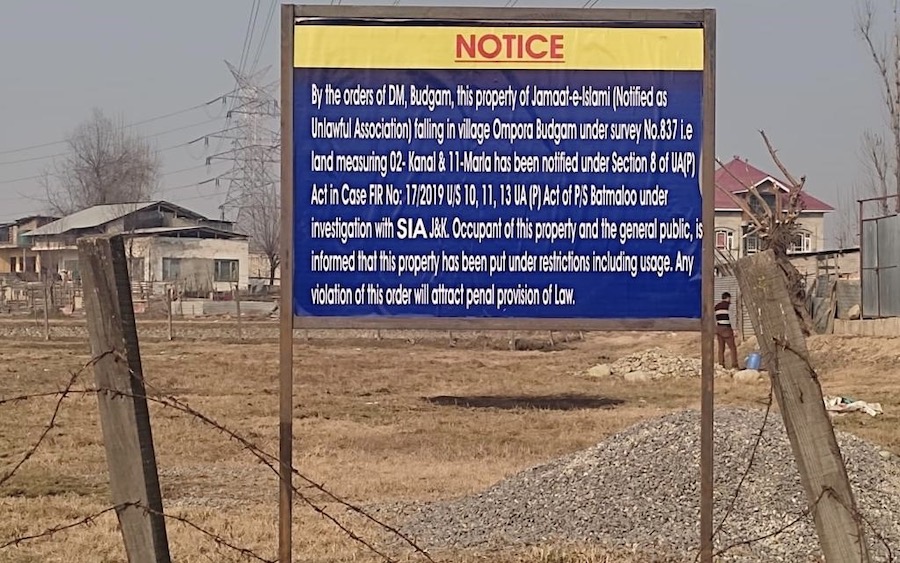
He suggests the need to eliminate ‘terror funding networks’ and take adequate action against those in administrations who work against the ‘interest of India.’ He also suggests invoking laws Unlawful Activities Prevention Act (UAPA). Finally, he suggests that there is a need to secure the mind space of youngsters who have witnessed large-scale protests in 2008, 2010, and 2016.
The book is hugely subjective and lacks the capacity to be a policymaker’s input.















